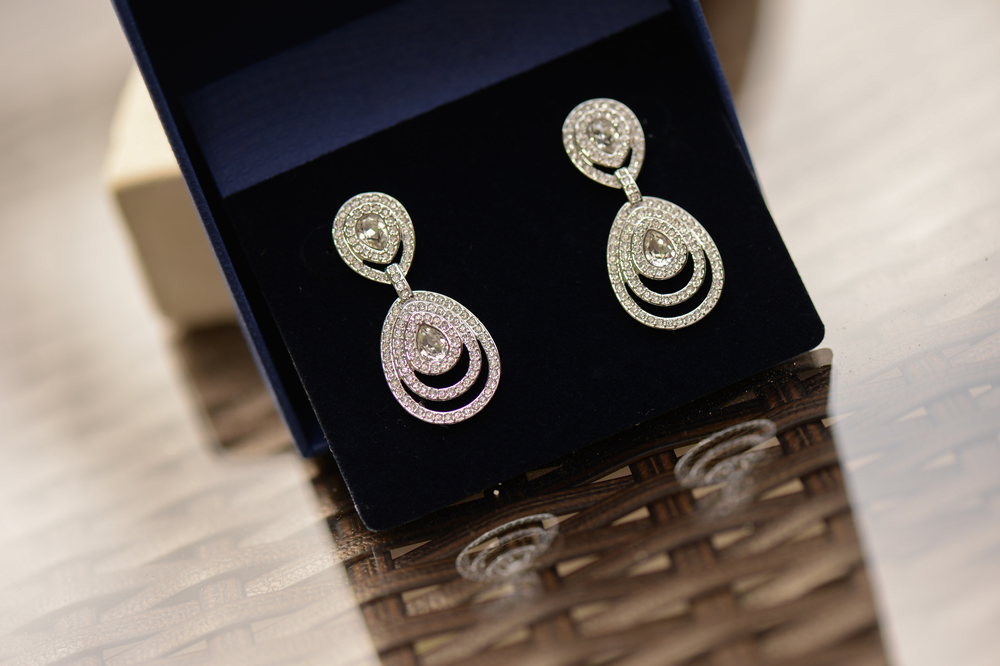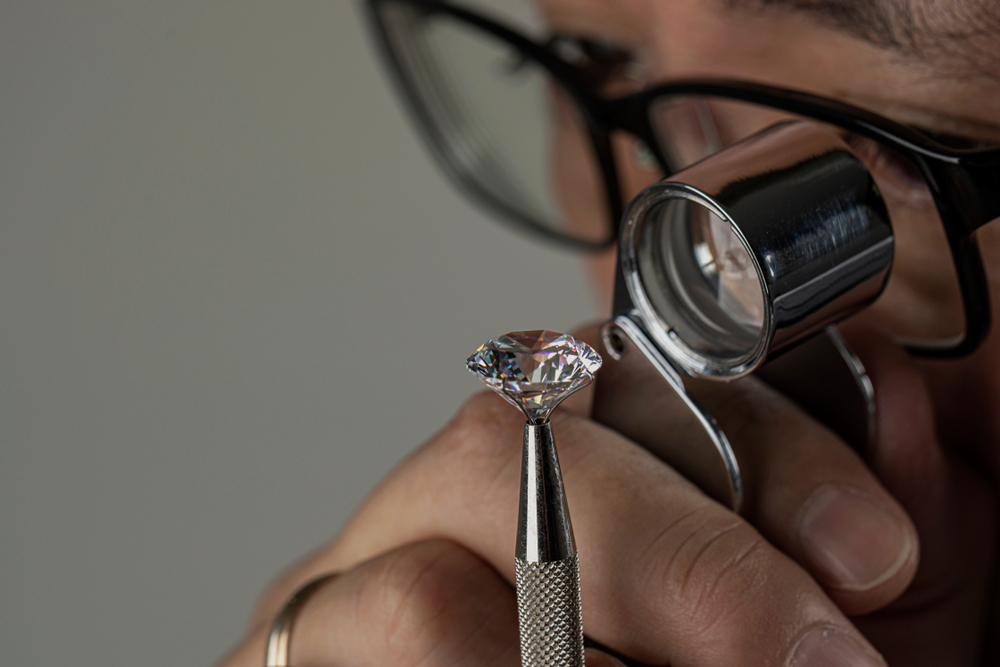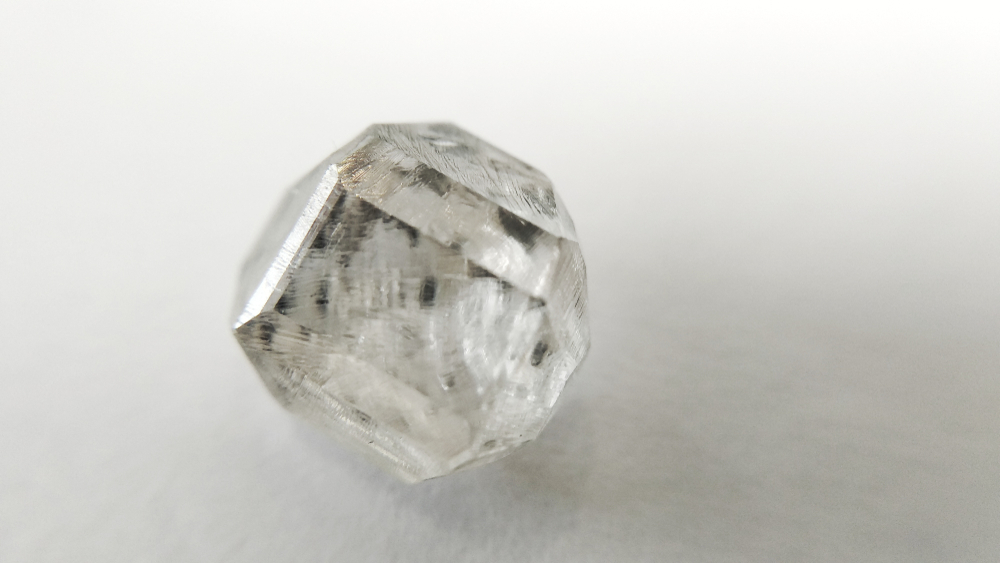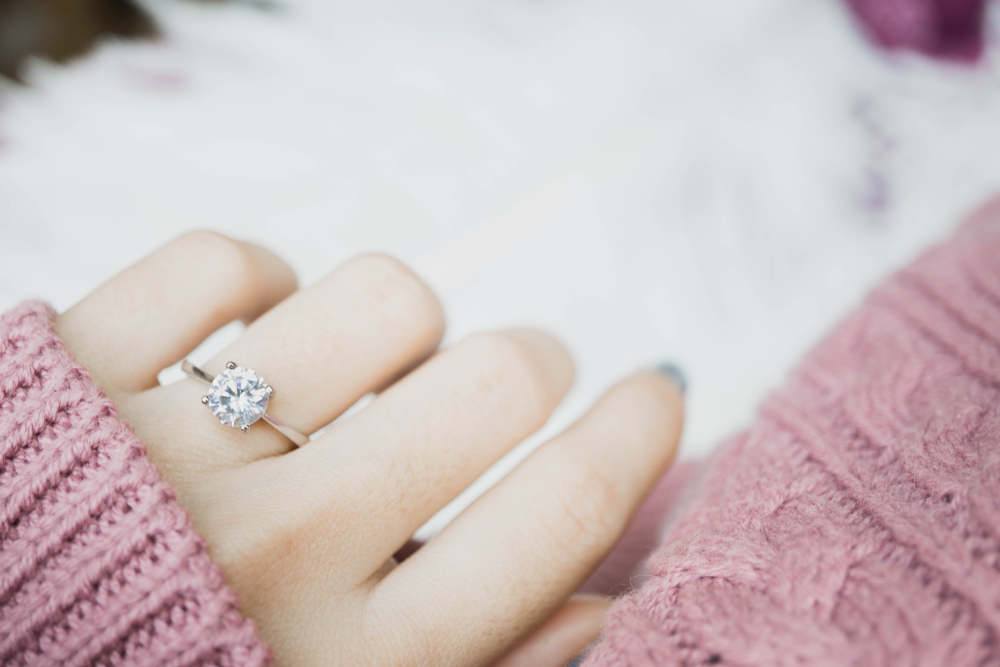Diamond clarity is one major C in the ‘Four Cs’ that determine the diamond’s quality. Clarity grades are very crucial when selecting a diamond. When people select their engagement ring diamond, some select very high clarity grades whereas another group of people never even consider clarity grades. Both these extreme conditions are not preferred by… Continue reading Buying Diamonds: Importance Of Diamond Clarity
Tag: Lab-grown diamond
Channel Set Diamond Rings Buying Guide
Tiny diamonds are put inside a carefully cut channel in a channel set ring. To keep the diamonds safe, most channel set rings feature a little lip that extends just over the edge. Some channel set diamond rings have grooves built into the channel to keep the tiny gemstones or diamonds in position. A channel… Continue reading Channel Set Diamond Rings Buying Guide
Choose Tension Setting For Your Lab Grown Diamond Ring
Due to its distinctive look, tension settings are one of the popular choices for lab-grown diamond engagement rings these days. Whether the diamond is suspended or simply appears to be suspended, it immediately attracts attention and excitement. Because there is less metal surrounding the diamond in tension diamond rings than in other settings, the stones… Continue reading Choose Tension Setting For Your Lab Grown Diamond Ring
A Guide To Lab-Grown Diamond Color
Natural diamonds and lab diamonds have a lot in common. The first thing they have in common is that they grow in harsh environments. Natural diamonds are formed in the earth’s crust, while lab diamonds are created in high-pressure, high-temperature environments in a lab. They also have a lot of similarities in terms of visual,… Continue reading A Guide To Lab-Grown Diamond Color



